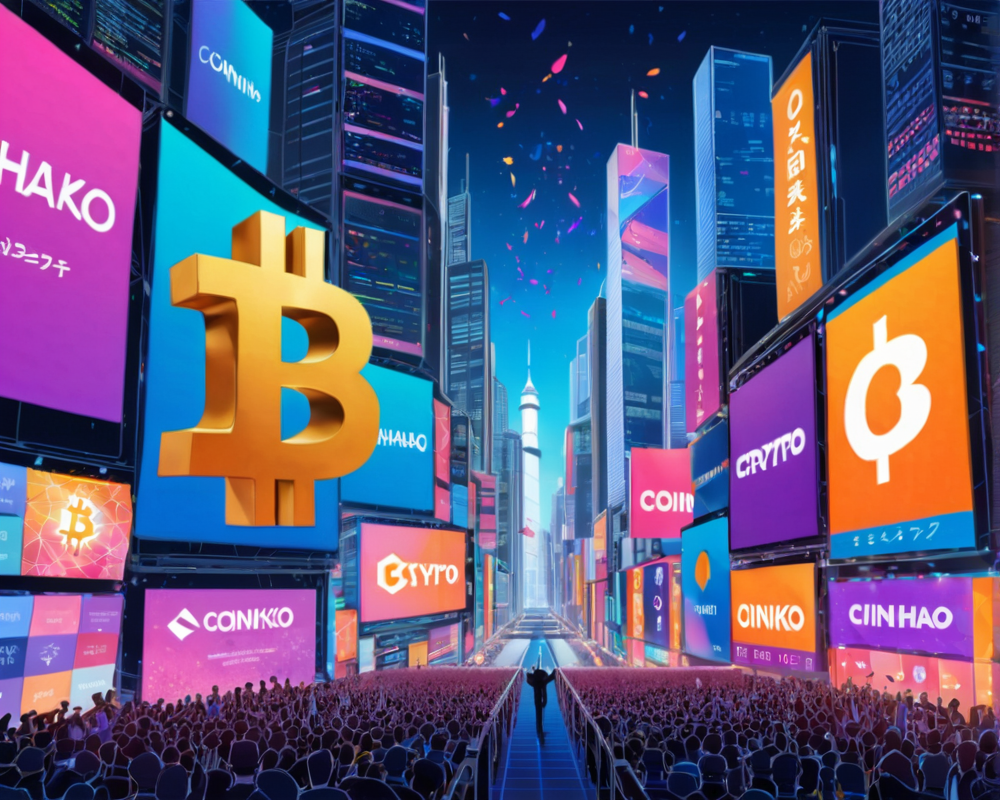DeFi’s Rising Influence on Traditional Finance
Decentralized finance (DeFi) may seem like the rebellious teenager of the financial world, but it’s growing up fast. As new protocols come into play, the focus on securitization of real-world assets (RWAs) is likely to become a highlight in DeFi’s continuing maturation. Recent insights from credit rating agency S&P Global Ratings have indicated that the interest in RWAs could pave the way for a more integrated financial ecosystem.
Riding the Securitization Wave
The S&P report titled “DeFi Protocols For Securitization: A Credit Risk Perspective” outlines the immense potential that DeFi brings to securitization. Here are some benefits they identified:
- Lower Transaction Costs: DeFi can significantly reduce the costs usually associated with traditional financing.
- Enhanced Transparency: It provides better insight into asset pools, allowing investors to know what they are really getting into.
- Reduced Counterparty Risks: With smart contracts and blockchain technology, the risks typically associated with counterparties may be diminished.
- Faster Payment Settlements: Investors can enjoy quicker transactions than in traditional finance.
From Crypto to Real-World Applications
Initially, DeFi was all about crypto—think lending against crypto assets and trading platforms dedicated to digital currencies. However, as the industry has matured, a new focus is emerging. Lending protocols are beginning to extend beyond the blockchain bubble, catering to RWAs. This shift means that loans can now form from traditional underwriting processes, thus lending a more familiar structure to the DeFi experience.
Not Everything is Sunshine and Rainbows
That said, stepping into the world of DeFi securitizations isn’t without its clouds. S&P highlighted potential legal and operational risks that lurk around the corner. The challenge lies in balancing fiat currency-denominated assets with digital currency liabilities, which could lead to unexpected hiccups. Managing these risks will be vital for attracting the more traditional players who might be jittery about this brave new world.
DeFi’s Attraction and Growth Metrics
The DeFi industry really took the spotlight in mid-2020, shining bright enough to catch the attention of credit-savvy individuals wanting to jump into high-yield opportunities. By late 2021, however, many metrics suggest that interest peaked with a staggering total value locked (TVL) exceeding $180 billion—a clear indication of the sector’s potential.
Looking Ahead: Tokenization and Beyond
Asset tokenization has also sparked significant interest, acting as a bridge linking real-world assets to their digital counterparts without the messy middleman. According to Ernst & Young, this advancement could offer liquidity to otherwise stagnant markets. As both the DeFi space and asset tokenization continue to evolve, keeping an eye on their intersection with traditional finance will prove essential for seasoned investors and newcomers alike.




